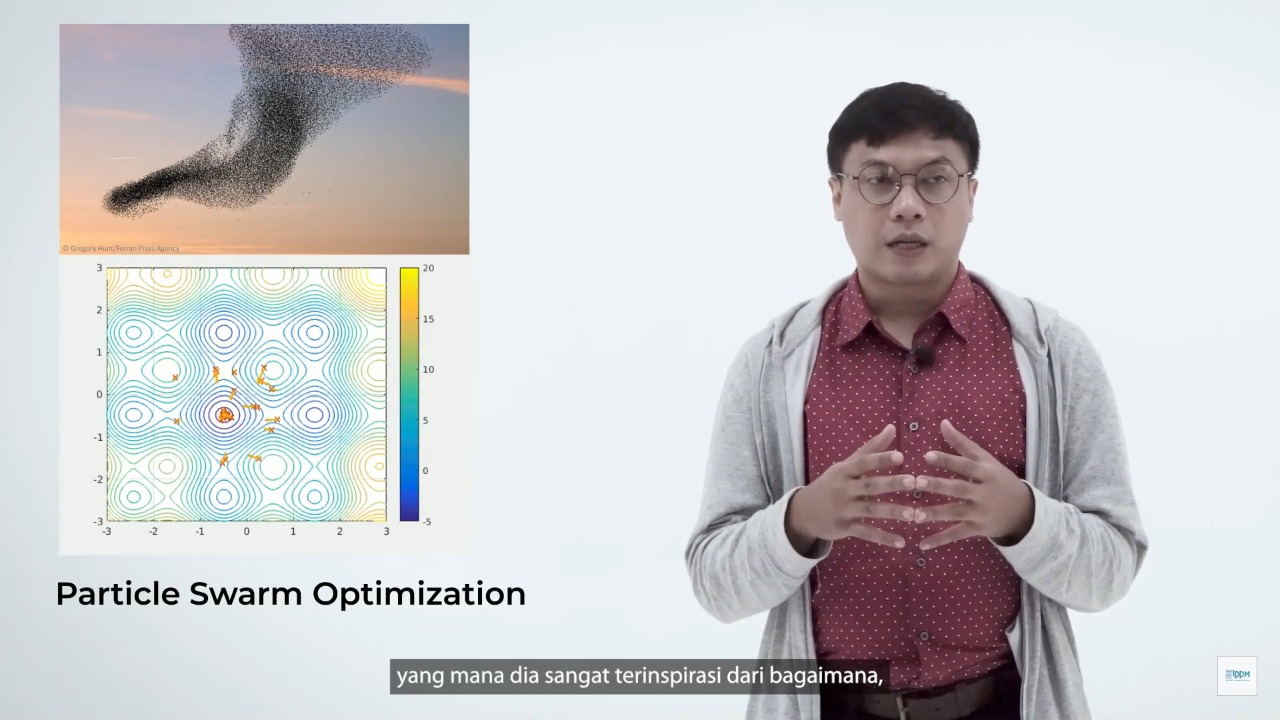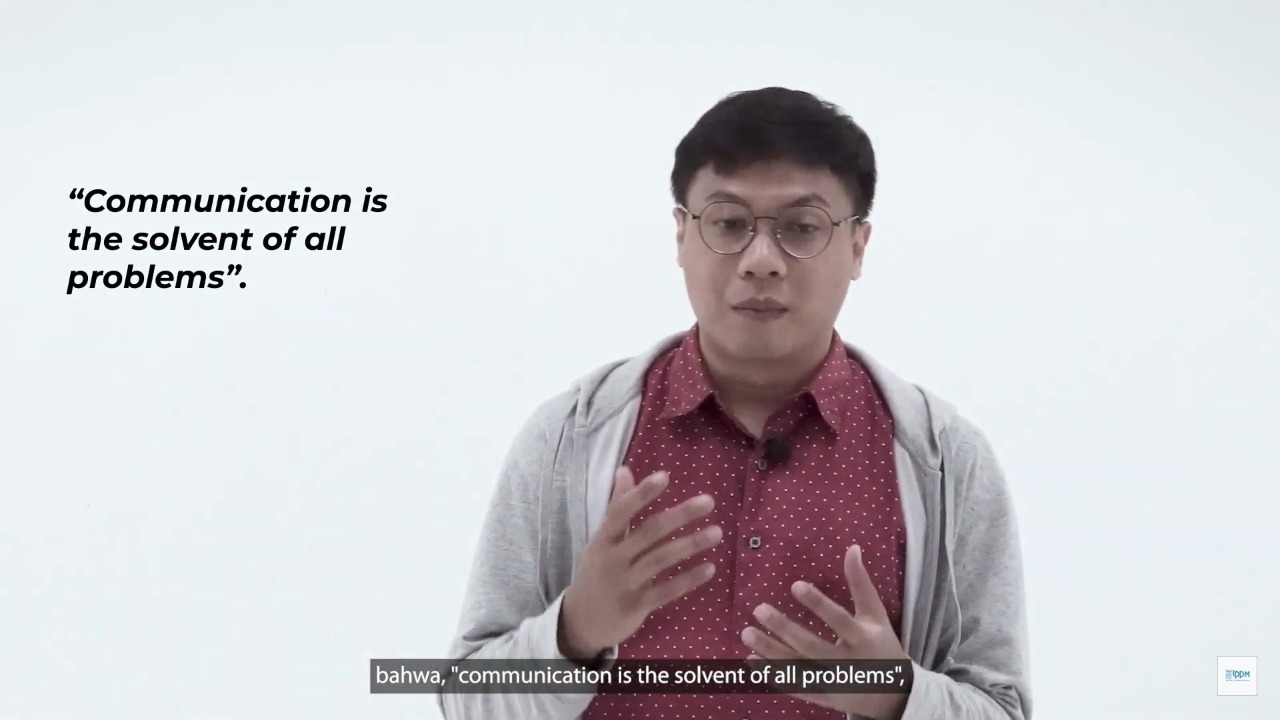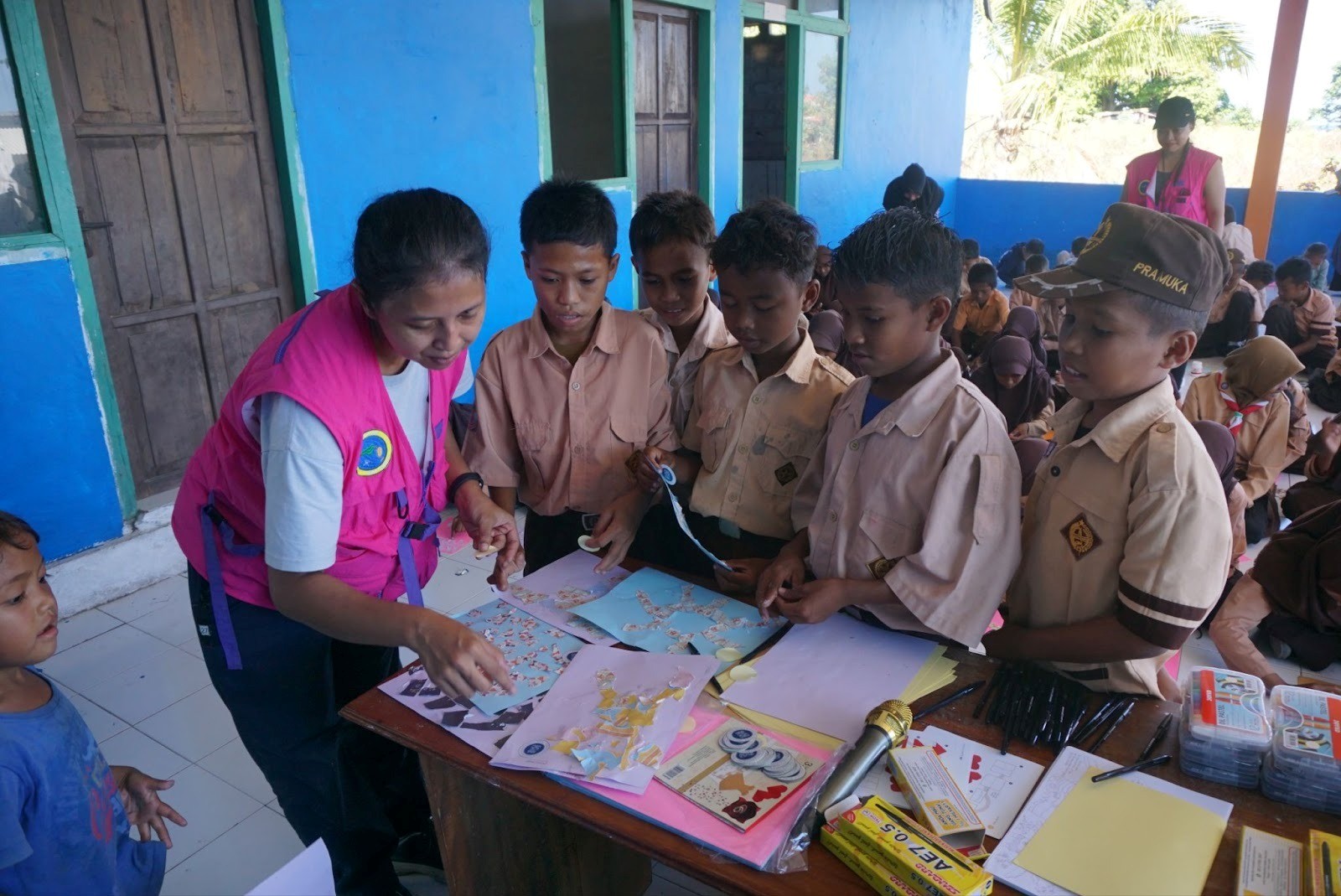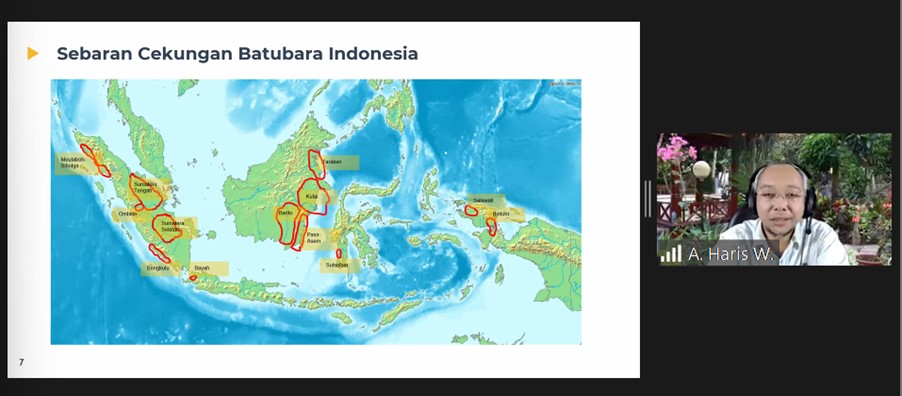Tackling Water Issues With Swarm Optimization Method
By Adi Permana
Editor Adi Permana

BANDUNG, itb.ac.id—Swarm Optimization Method is a type of method used to solve a problem collectively. This method is inspired by how a flock of birds manages to solve their problems as a group. A complex problem can be tackled not only by one or two optimization agents, but by a group of multiple agents working together. These agents then communicate with each other in order to achieve a common goal.
This process was described by ITB’s FCEE (Faculty of Civil and Environmental Engineering) Research Lecturer Dr. Faizal Rohmat at the Workshop Series of the Institute for Research and Community Service (IRCS) of Institut Teknologi Bandung Vol. 52022, Wednesday (6/7/2022).
Dr. Faizal further elucidated the examples of swarm optimization. These examples include Particle Swarm Optimization (PSO), Ant Colony Optimization (ACO), and Artificial Swarm Intelligence (ASI). Each example has its own inspiration. For instance, PSO is inspired by how a flock of birds works. ACO is inspired by how a colony of ants operates. And ASI is inspired by how humans collaborate with other humans to realize common goals.
In principle, according to Faizal, the strategy to solve water issues was to combine PSO with the water allocation method. There are four important things in this strategy: water storage time, water release time, water release destination, and water discharge volume. One optimization agent is tasked with finding a solution and answering the four points of the water allocation method.

Afterwards, an evaluation is performed to get feedback. This feedback is then conveyed to other optimization agents so as to ascertain the optimal model of reservoir storage operation to support natural sustainability while still conforming to water use rights in the area.
Watch the full explanation at: Dr. Faizal Rohmat - Swarm Optimization for Water Resources Systems (WSL Vol.5)
Reporter: Pravito Septadenova Dwi Ananta (Geological Engineering, 2019)
Translator: Ariq Ramadhan Teruna (Chemical Engineering, 2021)

.jpg)
.jpg)


.jpg)


